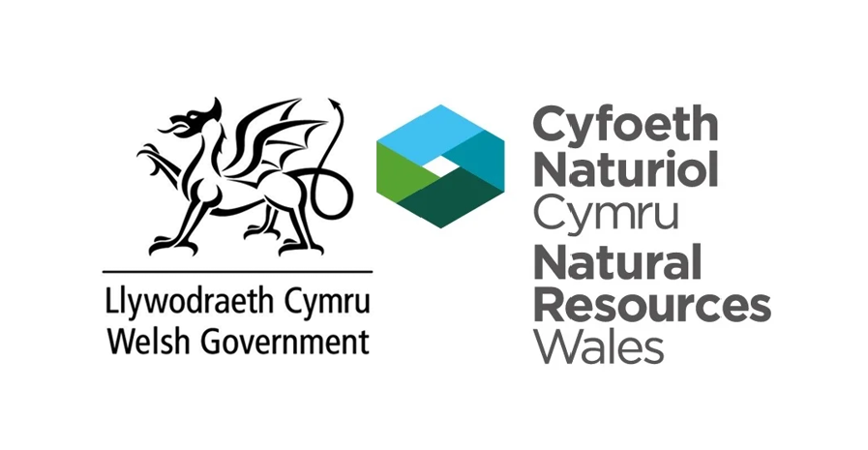Blog post: Working with another organisation for a more joined-up service

Philip Rookyard, Content Designer in our Digital Team, shares how working with Welsh Government digital team has improved your user experience between our shared services.
Welsh Government and Natural Resources Wales work together on many topics. We both create similar online content, this can result in some challenges for you, our users.
The background
Welsh Government started a project to encourage landowners and farmers to further help our environment.
The project was set up to:
- increase tree planting
- overcome barriers to woodland creation
- encourage community involvement in tree planting
Natural Resources Wales was involved in this project as we manage woodland on behalf of Welsh Government.
Working on the project, both Welsh Government and Natural Resources Wales created content to help our users:
- apply for woodland grants
- create more woodlands
- management their woodlands
The problem
Our digital team carried out user research with farmers and landowners, it was then we found out there was significant duplicated content on Welsh Government’s website and ours.
The user research showed:
- users did not know who issued certain grants
- we had duplicated a lot of content
- some content was contradictory
- web links between the two sites did not exist
Search engine optimisation
One of the biggest problems with duplicated content is its impact on you searching online for information - search engine optimisation (SEO). When the same content appears on many sites, it creates confusion and competing search results.
This can lead to:
- lower rankings: search engines may penalise sites that use duplicate content. This often results in lower rankings for all versions of the content
- indexing issues: if many sites host the same content, search engines may struggle to decide which page to index. This leads to reduced visibility
- user confusion: if users see the same content in many places, it can create confusion about which source is the "original”, leading to distrust
- content fatigue: users appreciate fresh, engaging content. If users encounter the same material, they may lose interest
How we fixed the problem
To address this issue, we collaborated with Welsh Government to try and fix the poor user experience. We did this by having regular planning and implementation meetings. We started sharing new content we had produced, talking about existing online content, and cross linking between our two websites.
Through ongoing communication and teamwork, we made significant progress in reducing some of the confusion users were facing.
We started by removing a lot of duplicated content. We used our publishing guidance to help us decide which piece of content appeared on which website:
The guidance says, information produced in partnership should consider:
- user needs, for example where users expect to find the information
- who has greater day-to-day responsibility for the guidance or service
- location of existing closely related content
In addition to removing content, we also agreed to simplify grant information and added content on our website on how to manage your woodland.
Next steps
We continue to collaborate with Welsh Government's digital team. We recognise that there is still significant duplicated content that we need to look at, although progress has been made.
Last year, a new law came into force allowing users to change their felling licences.
Welsh Government and Natural Resources Wales have some connecting roles in this process. This time, we started collaborating earlier to make sure the content was not duplicated.
This ongoing partnership is producing benefits for our users. Since we started working together the felling licensing team has received fewer queries on the process and we have received positive feedback from our users.
